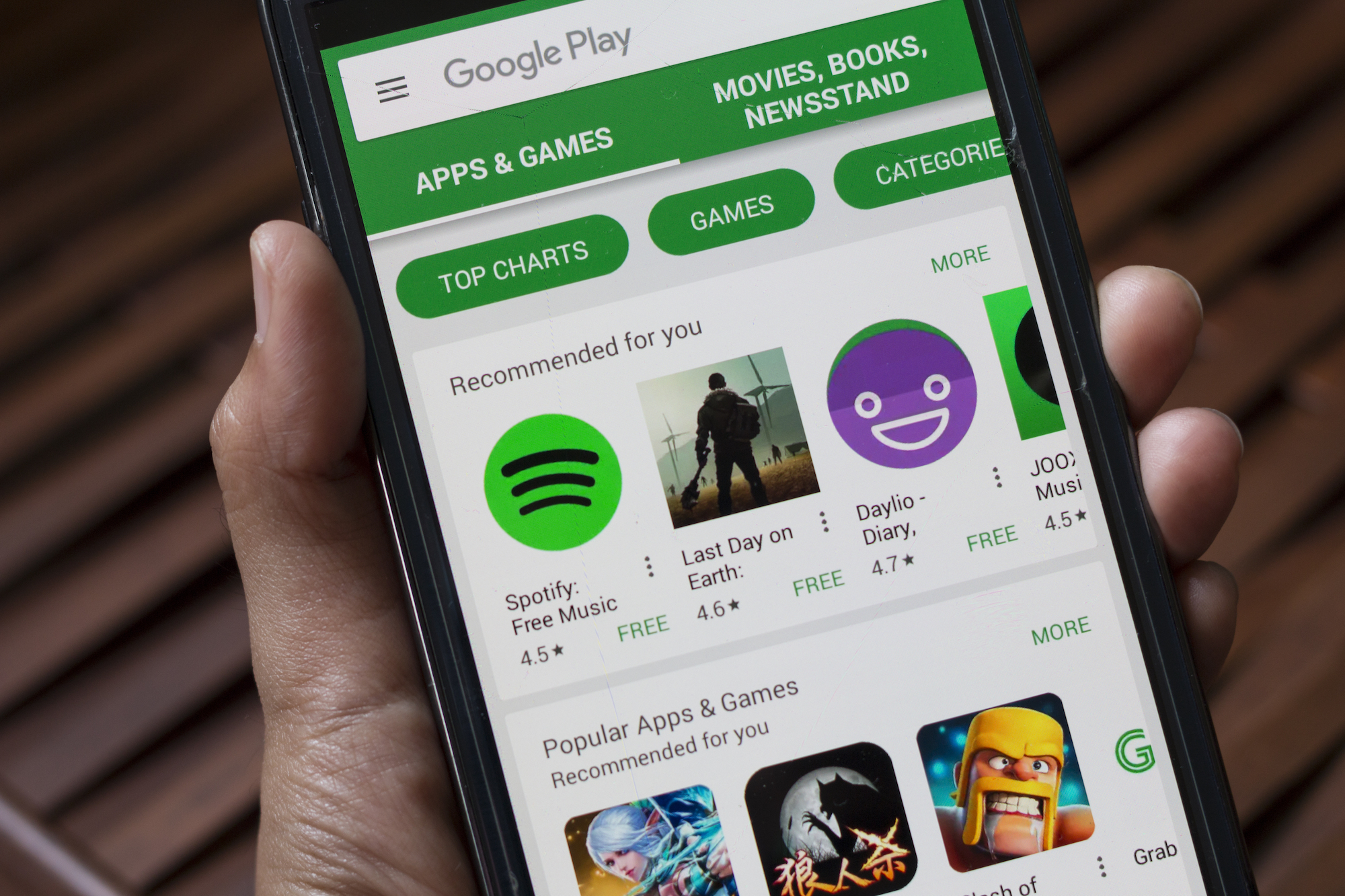
The rituals once shaped by incense and chants have not vanished. They’ve just been re-coded. In place of stone temples and carved altars, today’s shrines glow from pockets and palms. While the surfaces have changed—touchscreens replacing scrolls, push notifications replacing temple bells—the intentions behind the gestures remain strikingly familiar.
Humans have always looked for guidance, luck, protection, and control. Whether they turned to deities, spirits, or fate itself, they crafted systems to organize the chaos of life. In the digital age, those instincts didn’t disappear. They simply evolved.
Digital superstition in modern disguise
Swipe rituals. “Lucky” passwords. Screenshots of clocks at 11:11. People aren’t less spiritual. They’ve just transferred belief to new mediums. The digital experience is no longer just technical; it’s emotional. And in many cases, spiritual.
The persistence of old beliefs in new environments is no accident. A strong example is how people interpret randomness online. Take the popularity of games that blend entertainment with luck. The way users talk about Slot Gacor Hari Ini isn’t that different from how their ancestors might have spoken about lucky numbers, omens, or favorable star alignments.
The language shifts. The reverence remains.
Tapping into destiny
In many cultures, luck is a structured concept. It isn’t just chaos—it can be earned, summoned, or lost through action. This idea hasn’t faded in the age of apps. If anything, it’s gained momentum.
People often assign meaning to digital events. A smooth login? A good sign. A crash? A warning. When a favorite content creator posts just after you think about them, it’s not just coincidence—it’s alignment. When a spin gives a small win, it feels like the universe nodding in your direction.
Designers often build around this without naming it. Color cycles, animation delays, sound cues—they all mimic the tempo of traditional rituals. The slow build. The rising tension. The release. These moments echo old ceremonies.
The ancient structure of hope, trial, and result lives in digital interfaces.
Algorithms and belief systems
Temples used to assign blessings based on prayers and offerings. Now algorithms reward based on clicks and timing. And yet, the emotional reaction is similar.
A person feels seen when their feed gives them something they were thinking about. They feel guided when a new opportunity appears just when they’re ready. Rationally, they know it’s code. But emotionally, it feels personal.
Even more so when digital systems seem to know what we need before we ask. That feeling of connection—the system responding to your mood—isn’t far from how people once felt receiving answers from priests, fortune tellers, or ancestral spirits.
Modern tech mimics the feedback loop of ancient belief: request, signal, response.
New temples, new worship
Social platforms are now where people go for clarity, affirmation, and community. They’re loud, bright, and never asleep. Like ancient gathering places, they offer rituals both public and private.
Some scroll to calm their mind. Others post to receive validation, which feels like a modern version of a prayer being acknowledged. The number of likes or views isn’t just data. It’s seen as a sign. Of acceptance. Of resonance.
Even notifications follow ritual patterns. Some users won’t open them immediately, holding back the moment for when they’re “ready.” That’s not far off from saving a sacred message for a quiet place.
We might not burn offerings, but we do refresh pages in hope.
Games as sacred space
In earlier times, certain games had spiritual weight—played only during festivals, or to please deities. Today’s digital games carry that emotional significance in subtler ways.
Many treat gaming sessions like meditation. They return to familiar platforms, not for novelty, but for routine. It’s where they feel they can reset or release tension. When a win happens, it validates more than just strategy—it touches belief.
This is particularly true in environments tied to chance. Users of platforms involving Judi Slot often approach with a blend of logic and intuition. They track patterns, they interpret timing, and they develop their own “systems”—many of which resemble traditional fortune-reading.
The interface becomes a mirror. The action becomes a ceremony. And the result becomes a sign.
The sacred and the scheduled
Traditional beliefs often revolved around timing. Certain days were better for certain actions. That hasn’t disappeared. It’s just been reinterpreted.
Now people schedule posts, purchases, and digital events based on gut feeling or culturally charged times. They avoid new projects on “bad luck” days, or they engage with tech during numerically significant moments.
Even tech brands lean into this. Some release features on dates tied to user culture. Some adapt colors and symbols for holidays or rituals. These decisions don’t just honor heritage—they keep users connected to belief.
The emotional code
Digital design isn’t neutral. Every tone, transition, and animation is built to make users feel. Not just happy, but safe. Not just excited, but trusted. That emotional texture is often drawn from familiar sources—including ancient patterns of comfort and awe.
Think of how gold is still used to signal value. Or how symmetry still suggests reliability. These aren’t arbitrary choices. They’re echoes of temple design, sacred texts, and traditional artifacts.
The digital experience is not devoid of the past. It is built with its fingerprints all over it.
A belief system reimagined
What emerges in all this is not nostalgia—it’s evolution. People still want structure, reassurance, and meaning. They still seek luck. They still look for signs. But the source has changed.
Now, the prayers are clicks. The incense is animation. The response is digital, but the belief is timeless.
Technology didn’t erase spirituality. It absorbed it. It reflected it back. It made it interactive.
Sacred gestures in coded spaces
From temples to touchscreens, the human need hasn’t changed. We still want the universe to speak back. We still chase meaning, chase luck, chase the sense that we’re not just random figures in motion.
And in our quietest digital moments—pausing before a button, waiting for a result, rereading a comment that hit just right—we find that connection. Not to code, but to something older. A thread that ties fingers to fate, rituals to routines, and belief to the soft glow of a screen at midnight.



